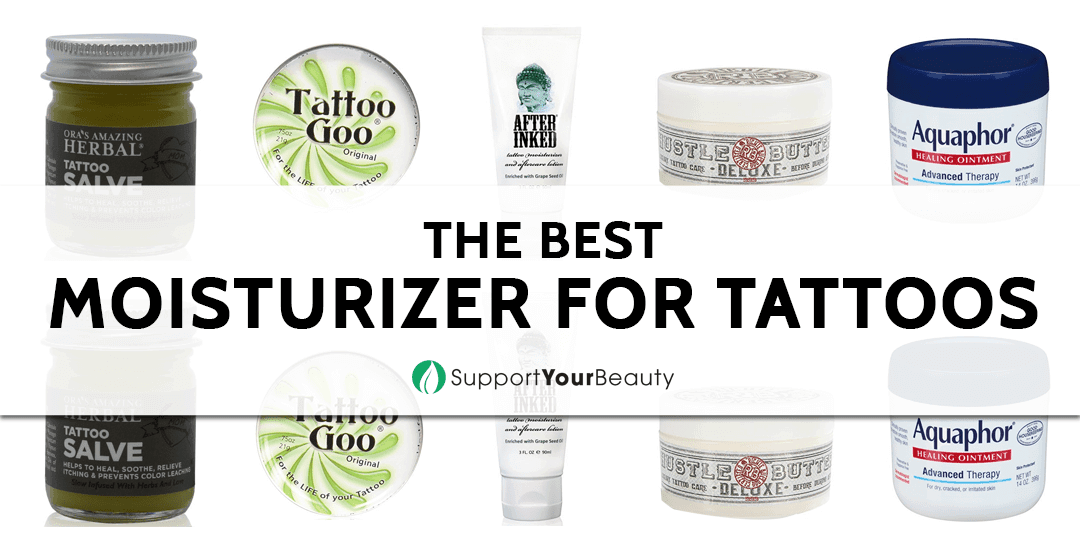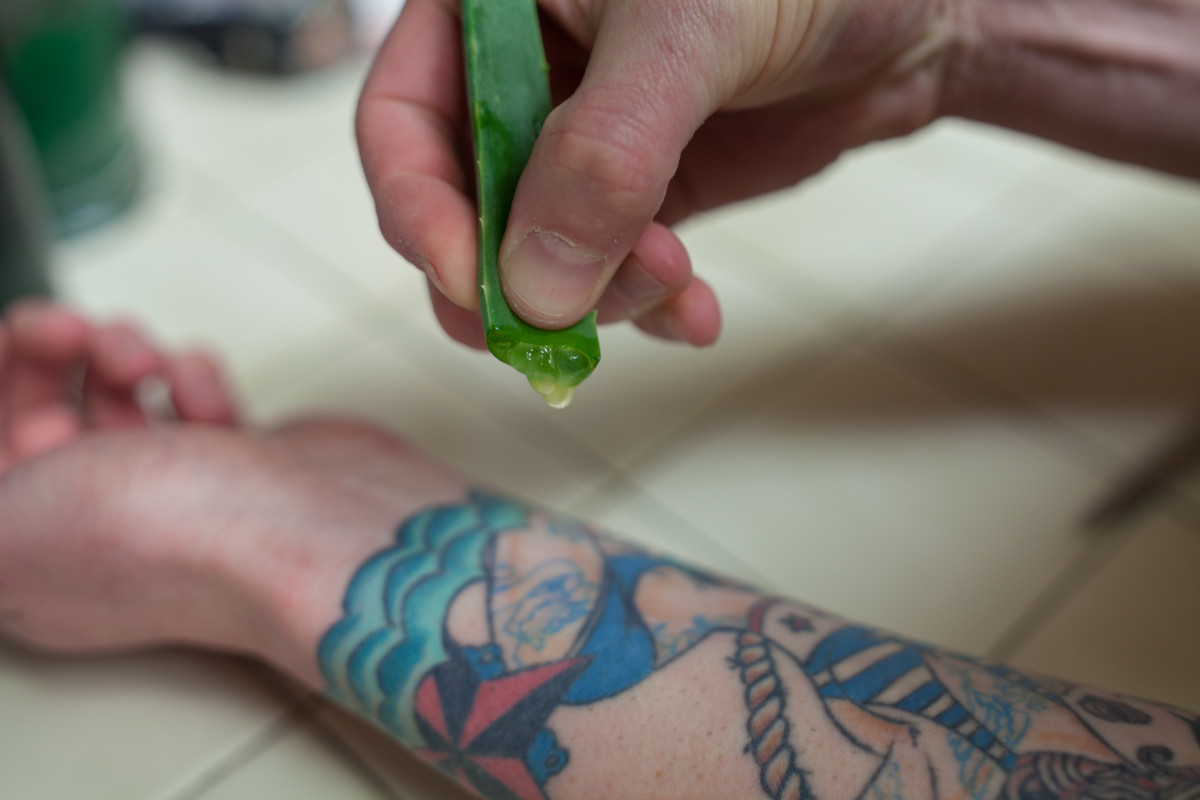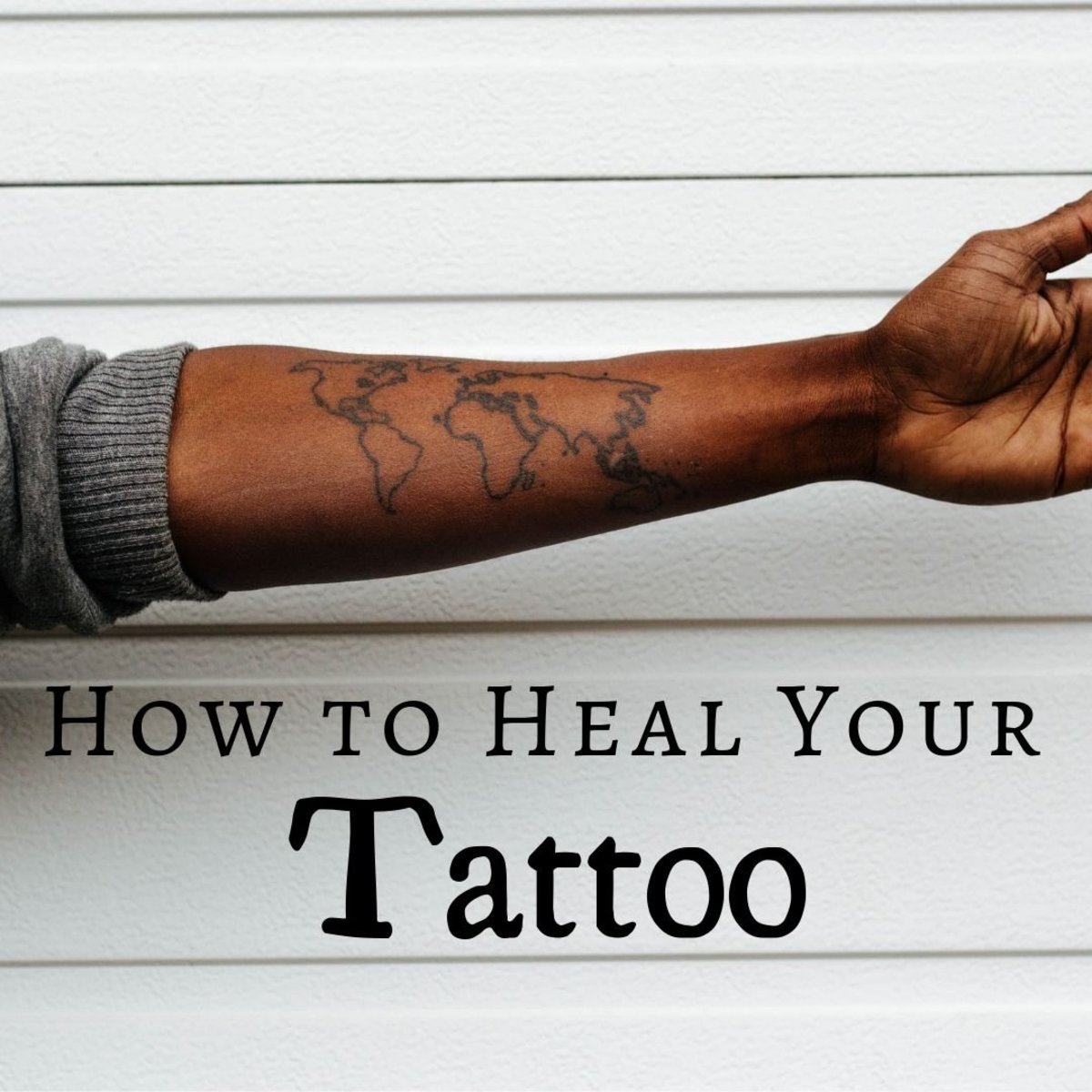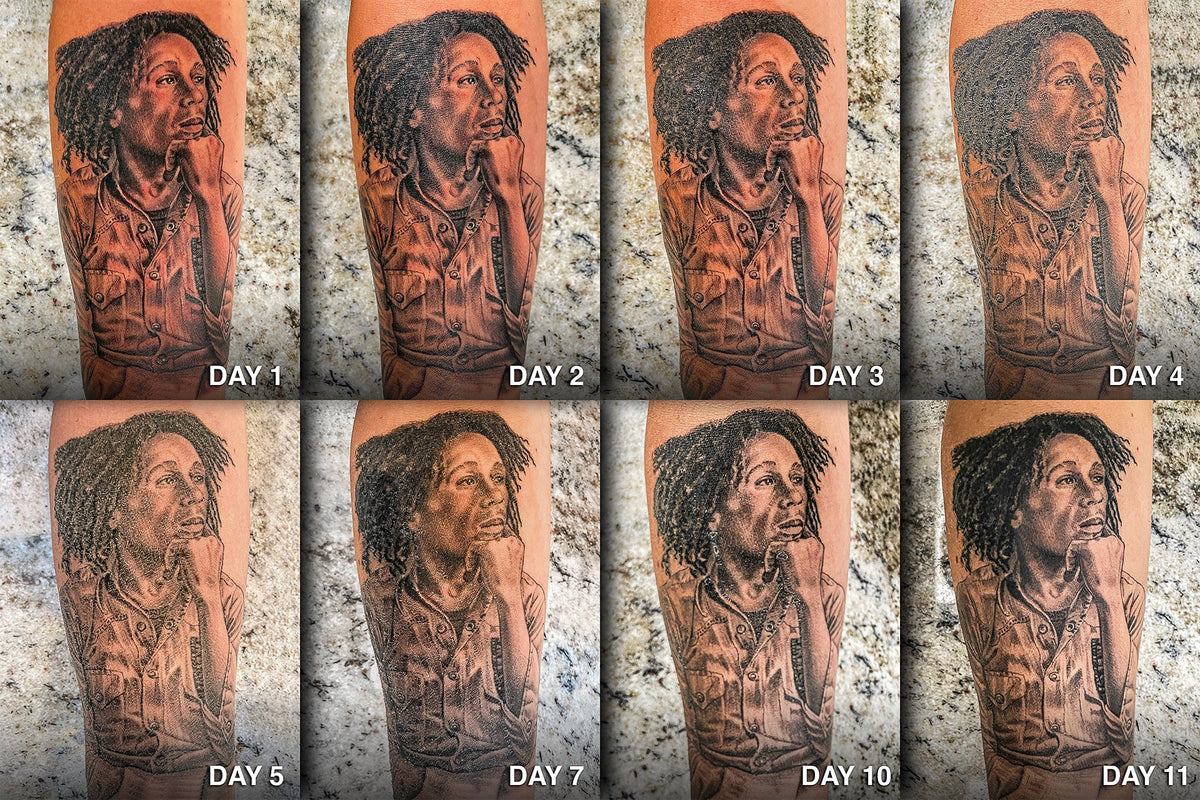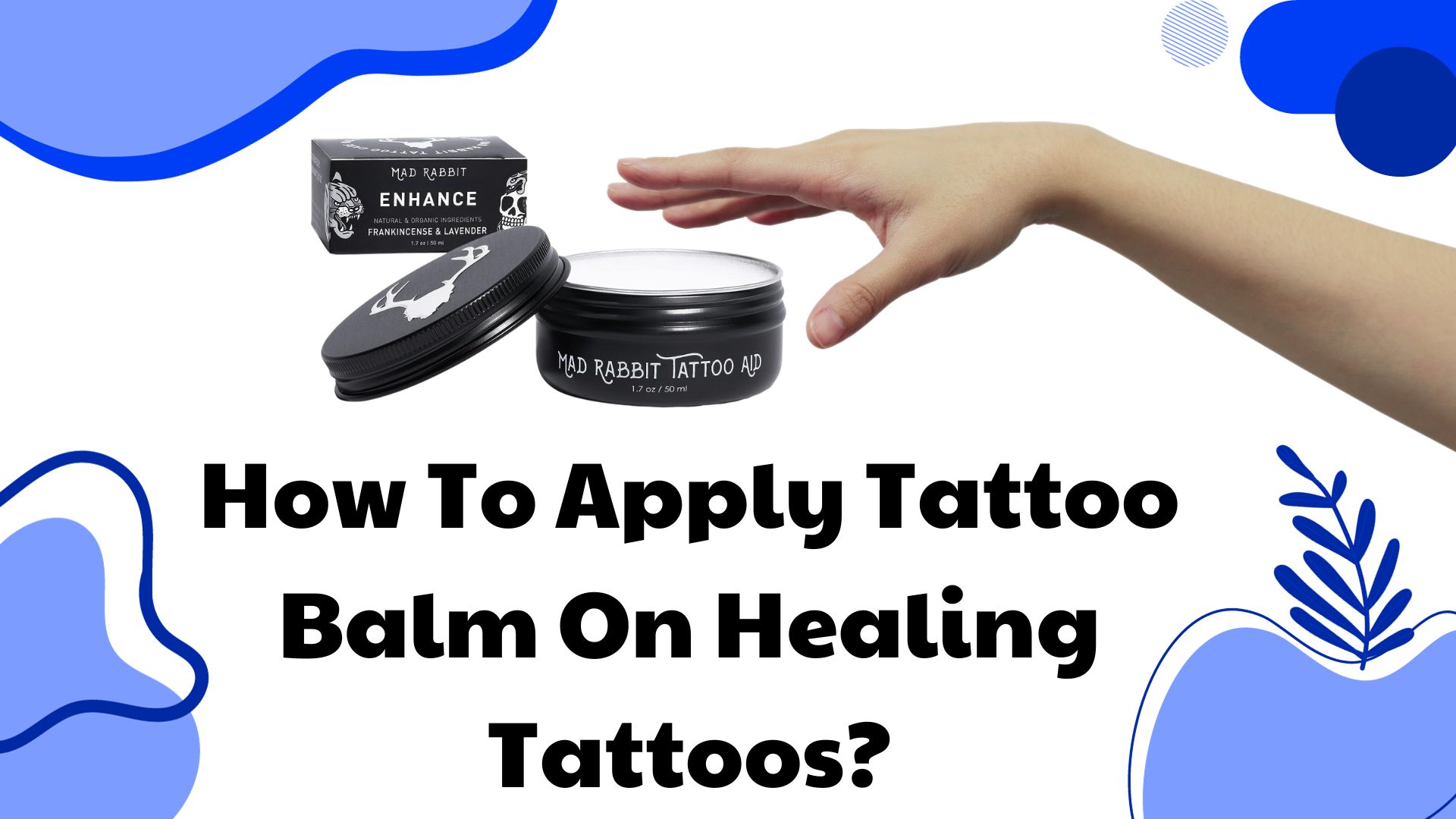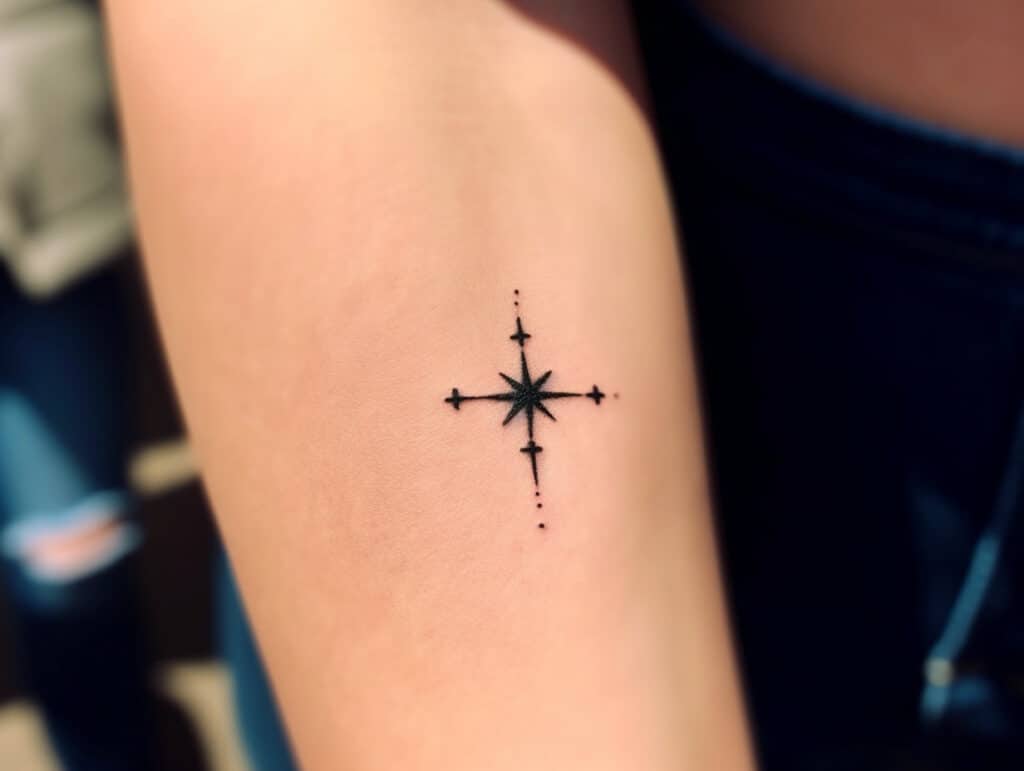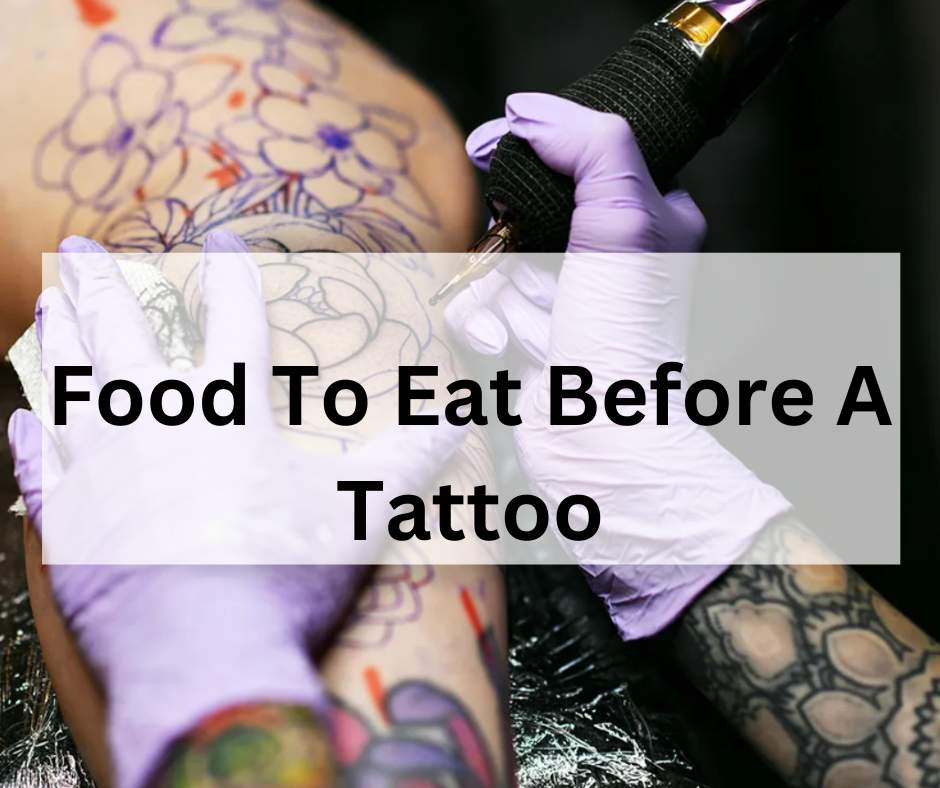
Okay, buckle up, tattoo enthusiasts! Let’s dive into the captivating world of small tattoos and the powerful symbolism they hold, specifically when representing healing and growth. Get ready for a journey of ink, meaning, and personal transformation!
What Small Tattoos Symbolize Healing And Growth?
1. The Tiny Seed: A Symbol of Potential and New Beginnings
Imagine a delicate seed, etched onto your skin. It might seem insignificant, but it’s a potent reminder of the immense potential that lies within you. A seed symbolizes new beginnings, the start of a journey, and the hope for a brighter future. After a period of hardship, a seed tattoo can represent your decision to plant yourself in fertile ground and nurture your growth. It whispers, "I am starting anew, and I will blossom."
2. The Budding Flower: Emerging from Darkness
Building upon the seed, a budding flower captures the moment of emergence, the first sign of life pushing through the soil. This small tattoo speaks volumes about resilience and the courage to break free from the constraints of the past. It’s a visual affirmation that you are capable of blossoming, even after experiencing darkness. Think of a lotus flower emerging from muddy waters – a perfect example of beauty born from adversity.
3. The Butterfly: Transformation in Flight
Ah, the butterfly! Perhaps the most iconic symbol of transformation. From a humble caterpillar to a creature of breathtaking beauty, the butterfly represents metamorphosis, change, and the ability to transcend challenges. A small butterfly tattoo is a reminder that you, too, can undergo profound transformations and emerge stronger, more beautiful, and ready to soar. It’s a celebration of personal growth and the freedom that comes with it.
4. The Phoenix Feather: Rising from the Ashes
While a full phoenix tattoo can be quite large, a single phoenix feather is a subtle yet powerful symbol of resilience and rebirth. It represents the ability to rise from the ashes of past experiences, stronger and wiser than before. It’s a testament to your inner strength and the unwavering belief in your capacity for renewal. This tattoo whispers, "I have fallen, but I will rise again."
5. The Sprout: A Symbol of Growth and Resilience
A sprout, a tiny plant just beginning its journey, is a simple yet profound symbol of growth and resilience. It represents the early stages of a new beginning, the first signs of life and hope emerging from the darkness. A small sprout tattoo can serve as a reminder of your inner strength and the potential for growth that lies within you, even in the face of adversity. It’s a visual affirmation that you are capable of thriving, even in challenging conditions.
6. The Sun: A Beacon of Hope and Positivity
The sun, a universal symbol of light, warmth, and energy, represents hope, positivity, and the power to overcome darkness. A small sun tattoo can be a reminder to embrace optimism, even during difficult times, and to seek out the light within yourself. It’s a symbol of vitality, growth, and the ability to shine brightly, regardless of the circumstances.
7. The Crescent Moon: Cycles of Change and Renewal
The moon, with its ever-changing phases, represents cycles of change, renewal, and the ebb and flow of life. A small crescent moon tattoo can symbolize the acceptance of impermanence, the understanding that challenges are temporary, and the belief in the possibility of new beginnings. It’s a reminder to embrace the cycles of life and to trust in the process of growth and transformation.
8. The Mountains: Overcoming Obstacles and Achieving New Heights
Mountains represent challenges, obstacles, and the journey towards self-improvement. A small mountain range tattoo can symbolize your ability to overcome adversity, to climb to new heights, and to achieve your goals. It’s a reminder of your inner strength, your resilience, and your unwavering determination to reach your full potential.
9. The Compass: Finding Your Way and Staying True to Yourself
A compass symbolizes guidance, direction, and the ability to navigate through life’s challenges. A small compass tattoo can represent your commitment to staying true to yourself, to following your own path, and to finding your way, even when you feel lost. It’s a reminder to trust your intuition, to listen to your inner voice, and to stay focused on your goals.
10. The Feather: Freedom, Hope, and Spiritual Growth
Feathers are often associated with freedom, hope, and spiritual growth. A small feather tattoo can symbolize your ability to let go of the past, to embrace change, and to soar to new heights. It’s a reminder to trust in the universe, to believe in yourself, and to embrace the journey of self-discovery.
11. The Tree of Life: Growth, Strength, and Interconnectedness
The Tree of Life represents growth, strength, interconnectedness, and the cycle of life. A small Tree of Life tattoo can symbolize your connection to nature, your roots, and your spiritual journey. It’s a reminder of your inner strength, your resilience, and your ability to grow and thrive, even in challenging conditions.
12. The Wave: Resilience, Change, and the Flow of Life
A wave symbolizes resilience, change, and the constant flow of life. A small wave tattoo can represent your ability to adapt to new situations, to overcome challenges, and to ride the waves of life with grace and courage. It’s a reminder to embrace change, to trust in the process, and to find your balance amidst the chaos.
13. The Arrow: Moving Forward and Overcoming Obstacles
An arrow symbolizes direction, focus, and the ability to overcome obstacles. A small arrow tattoo can represent your determination to move forward, to pursue your goals, and to overcome any challenges that stand in your way. It’s a reminder to stay focused, to aim high, and to never give up on your dreams.
14. The Anchor: Stability, Strength, and Groundedness
An anchor symbolizes stability, strength, and groundedness. A small anchor tattoo can represent your ability to stay grounded, to remain strong in the face of adversity, and to find your center amidst the chaos. It’s a reminder to stay true to yourself, to hold onto your values, and to weather the storms of life with grace and resilience.
15. The Semicolon: A Symbol of Hope and Continuation
The semicolon has become a powerful symbol of hope and continuation, particularly for those who have struggled with mental health challenges. It represents a moment in life when you could have chosen to end your story, but you chose to continue. A small semicolon tattoo is a reminder of your resilience, your strength, and your ability to overcome adversity. It’s a symbol of hope and a testament to your commitment to continuing your journey.
Conclusion: Ink as a Testament to Transformation
Small tattoos, often overlooked for their size, possess a remarkable ability to encapsulate profound meaning. When chosen to represent healing and growth, they become personal emblems of resilience, transformation, and the unwavering belief in the power of the human spirit. These tiny symbols, etched onto the skin, serve as constant reminders of the journey, the struggles overcome, and the beautiful potential that lies within each of us. So, if you’re seeking a meaningful way to commemorate your own healing and growth, consider the power of a small tattoo – a permanent testament to your personal transformation.
FAQs: Unveiling More About Healing and Growth Tattoos
1. What is the best placement for a small tattoo symbolizing healing and growth?
Placement is deeply personal! Consider areas that are meaningful to you, such as the wrist (visible reminder), the ankle (grounding), or near the heart (emotional connection).
2. Can I combine multiple symbols in one small tattoo?
Absolutely! Combining symbols can create a richer, more personalized representation of your journey. For example, a butterfly emerging from a lotus flower could symbolize profound transformation and resilience.
3. How can I ensure my tattoo artist understands the symbolism I want to convey?
Communicate clearly! Bring reference images, explain the meaning behind your chosen symbol, and discuss your personal story with your artist. A skilled artist will be able to translate your vision into a beautiful and meaningful tattoo.
4. Is it possible to get a small tattoo removed if I no longer resonate with the symbolism?
Yes, tattoo removal is possible through laser treatments. However, it’s a process that can be time-consuming and costly. Consider the permanence of tattoos before making a decision.
5. What other symbols could represent healing and growth?
The possibilities are endless! Consider symbols such as the spiral (growth and evolution), the labyrinth (self-discovery), or even a simple dot (new beginnings). The most important thing is to choose a symbol that resonates with your personal journey and your unique experiences.




















